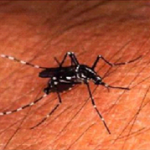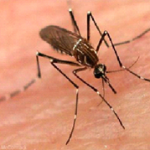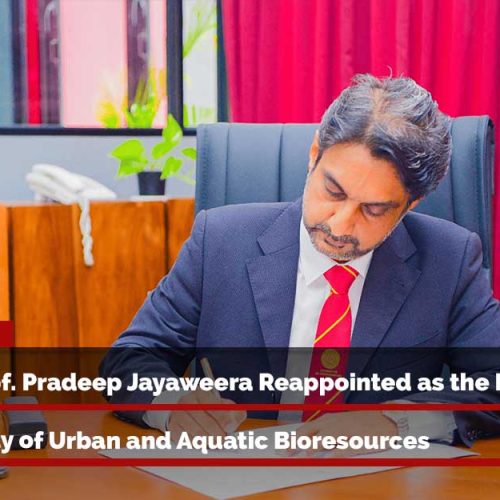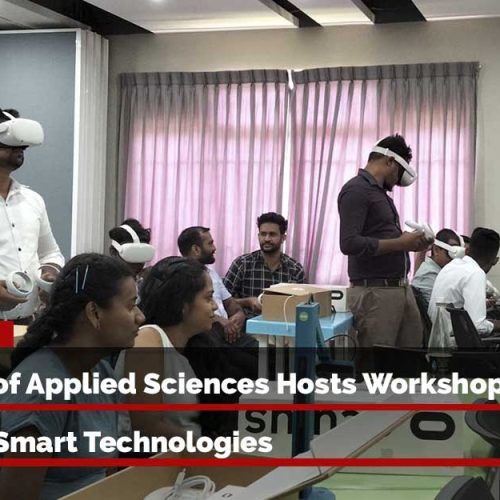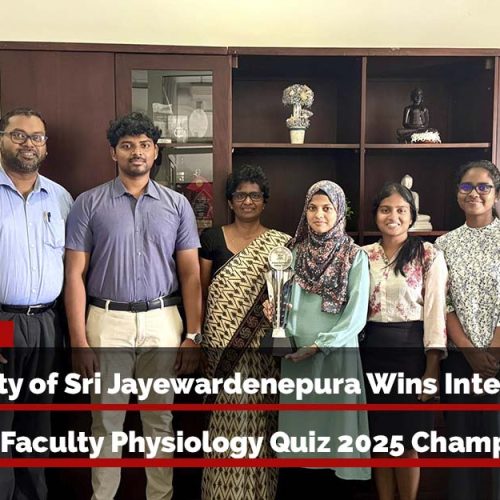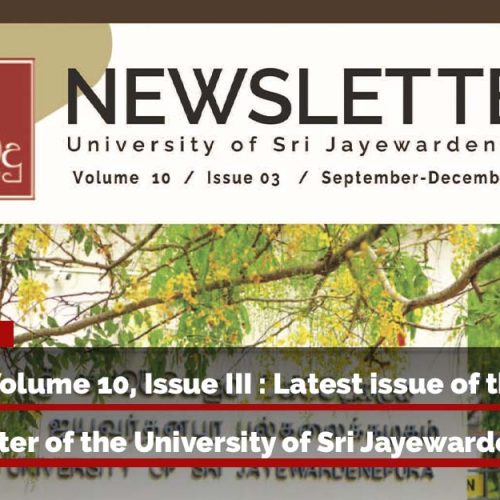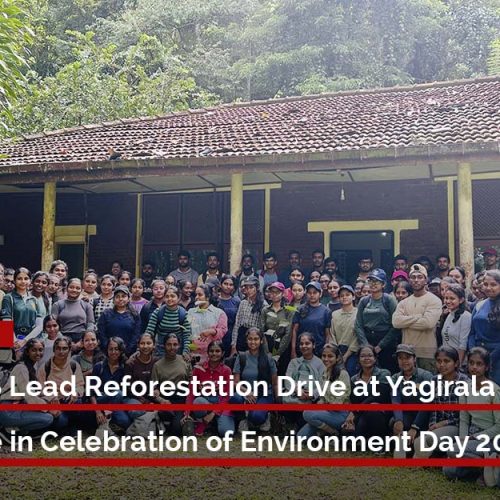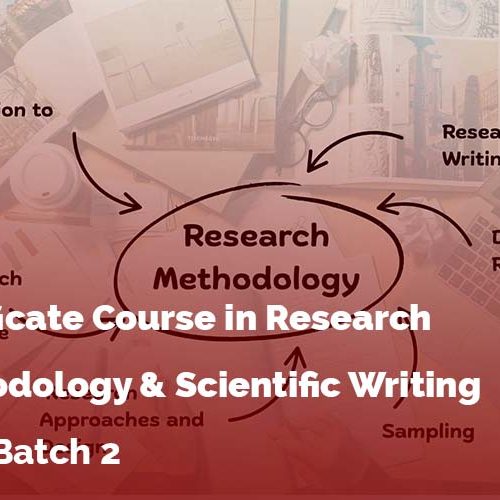This video is first launched through the web site of the University of Sri Jayewardenpura which is aimed to consult on dengue symptoms, treatments as well the controlling process through regular removal of possible mosquito breeding sites from the environment. Consultations have been given by Dr. Ananda Wijewickrama, Consultant, Physician and a well-known Specialist in Dengue, Dr. R. D. W. Rathnayaka, Director, Infectious Disease Hospital and Dr. Nimlka Pannilahetti, Public Health Consultant. This Video has been created as a social service of Siddhalepa.
First serologically confirmed Dengue case was reported in 1962 and the first documented dengue outbreak occurred in 1965- 1966. During the last 07 month of the year 2017, 84073 suspected dengue cases have been reported to the Epidemiology Unit from all over the island. Approximately 43.01% of dengue cases were reported from the Western province. The highest numbers of dengue cases were reported during the 25 week of 2017.
There are about 140 species of mosquitoes in Sri Lanka. Out of them Aedes aegypti and Aedes albopictus mosquitoes are transmitting dengue virus to humans. Two types of mosquitoes can be differentiated by markings on their body.
If Fever is present, always suspect as having dengue
1. Give a good/adequate rest
Never allow to do hard work or to be tired by any means
2. Give adequate liquids to drink
Milk, Fruit juice, Orange juice, Jeewani, conjee, soup are suitable.
Do not give only water all the time.
Allow the patient to take usual solid foods if possible.
Never give red/brown coloured foods/drinks or beverages.
3. Keep an eye on the number of times of passing urine.
If the number of times of passing urine less than usual take the patient to a hospital
4. If a child has fever,
Wet the body with normal water
Give Paracetamol recommended dose (for the age/weight) and 6hrly
Never give other drugs to reduce fever
5. If the fever continues for more than 2 days,
Take the patient to a hospital on the 3rd day and do a full blood test (FBC) Cold limbs (arms and legs)
Admission to a hospital:
The first contact doctor will decide to admit a patient to a hospital based on the clinical judgment. It is essential to admit the following patients:
- Platelet count below<100,000/mm3
- With the following warning signs on or beyond day 3 of fever/illness:
- Abdominal pain or tenderness
- Persistent vomiting
- Mucosal bleeding (eg: bleeding from mouth, nose etc.)
- Lethargy, restlessness
- Liver enlargement >2cm
- Rising HCT with rapid decrease in platelet count in FBC
- Clinical signs of plasma leakage: pleural effusion, ascites (late sign)
Other patients who may need admission even without above criteria are:
- Pregnant mothers – admission on second day of fever and close follow up with daily FBC is very important.
- Elderly patients/infants
- Obese patients
- Patients with co-morbid conditions like diabetes, chronic renal failure, ischemic heart disease, haemoglobinopathies such as thalassaemia and other major medical problems
- Patients with adverse social circumstances -e.g. living alone, living far from health facility without reliable means of transport.
This situation warrants regular removal of possible mosquito breeding sites from the environment. It is also important to seek medical attention in the event of fever by day three of the illness.
Dengue mosquito breeding places
- Discarded non biodegradable items
- Discarded biodegradable items
- Places where rain water can be accumulated
- Uncovered water storage tanks, containers
- Ornamental & fancy items where water can be collected
- Special home appliances
- Water containing small containers inside and outside of the house
- Plants/ parts of plants, tree holes
- Others
- Discarded non biodegradable items Eg. Tires, Plastic wrappers, Polythine, clay pots, discarded bottles, Rigiform boxes, Plastic cups, discarded toys and other items, tin (salmon & Biscuit), wooden boxes
How to Prevent
Integrated vector management: Prevention and control of dengue virus transmission depends entirely on control of the mosquito vectors or interruption of human – vector contact.
Environmental Management: Environmental management is a key element of Integrated vector management. It can include environmental modification, environmental manipulation, and strategies that reduce contacts between vectors and humans. In the case of mosquitoes, the larvae are easier to control than adults because they are confined to water bodies. Therefore, removing whatever practicable, water collection called “source reduction” should be a primary consideration in mosquito control.
Cited from: National dengue control unit, Epidemiology unit, Dengue

